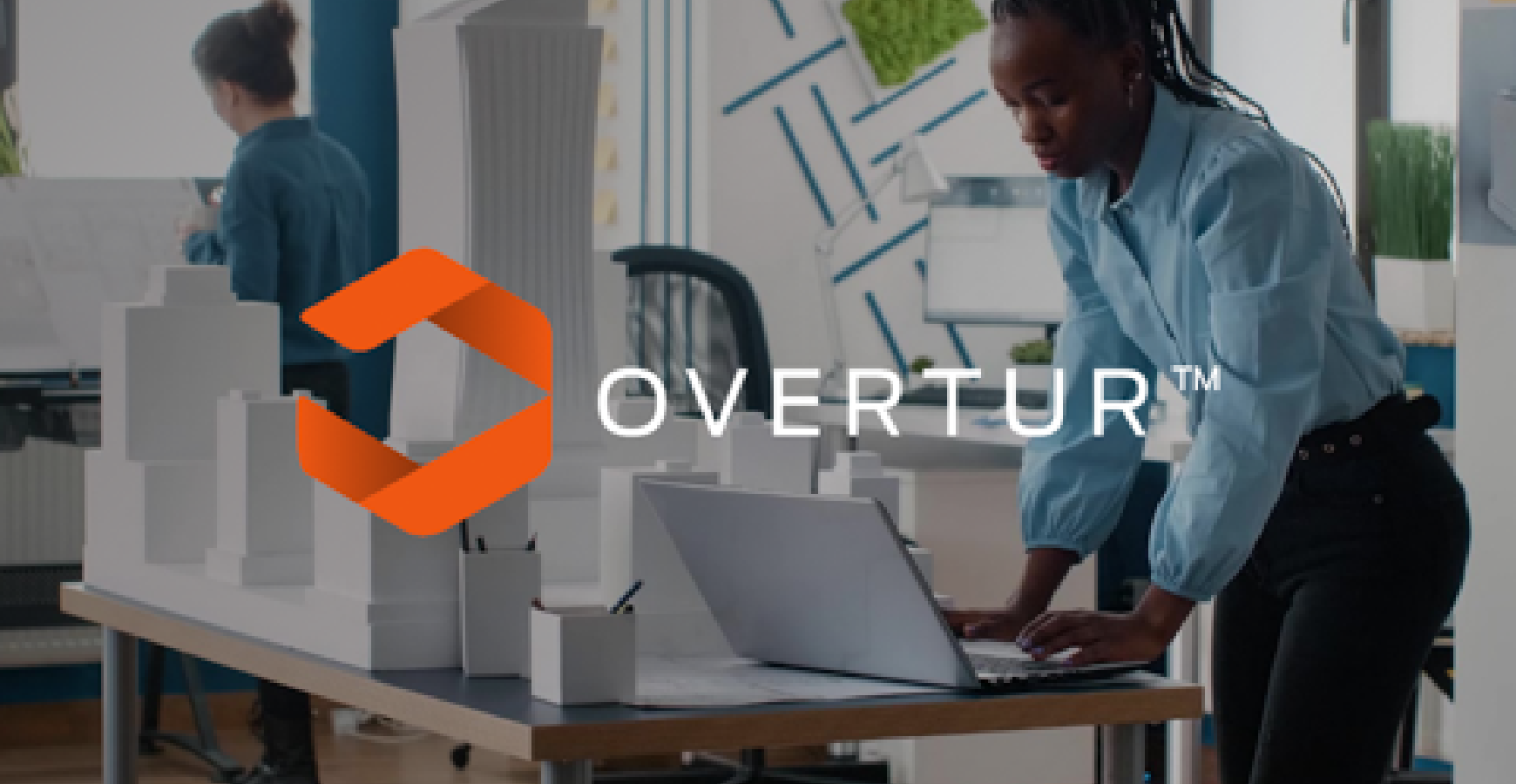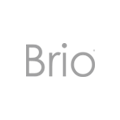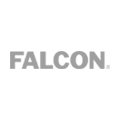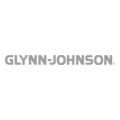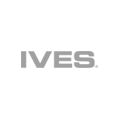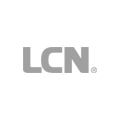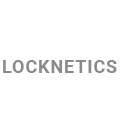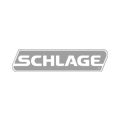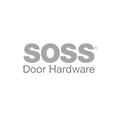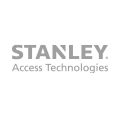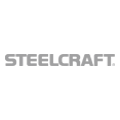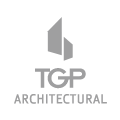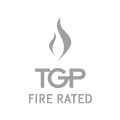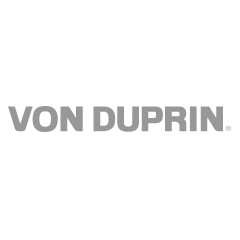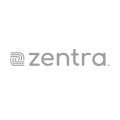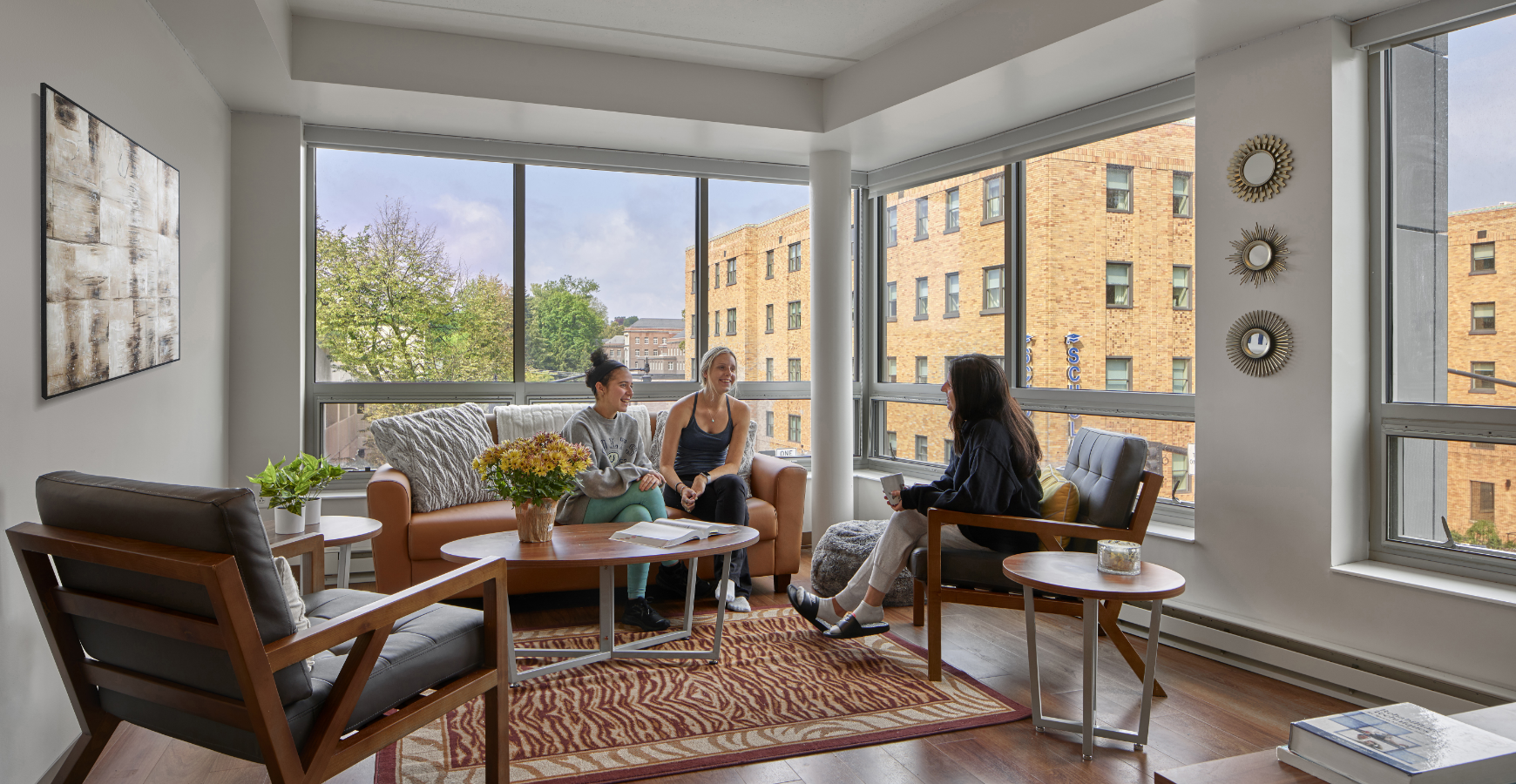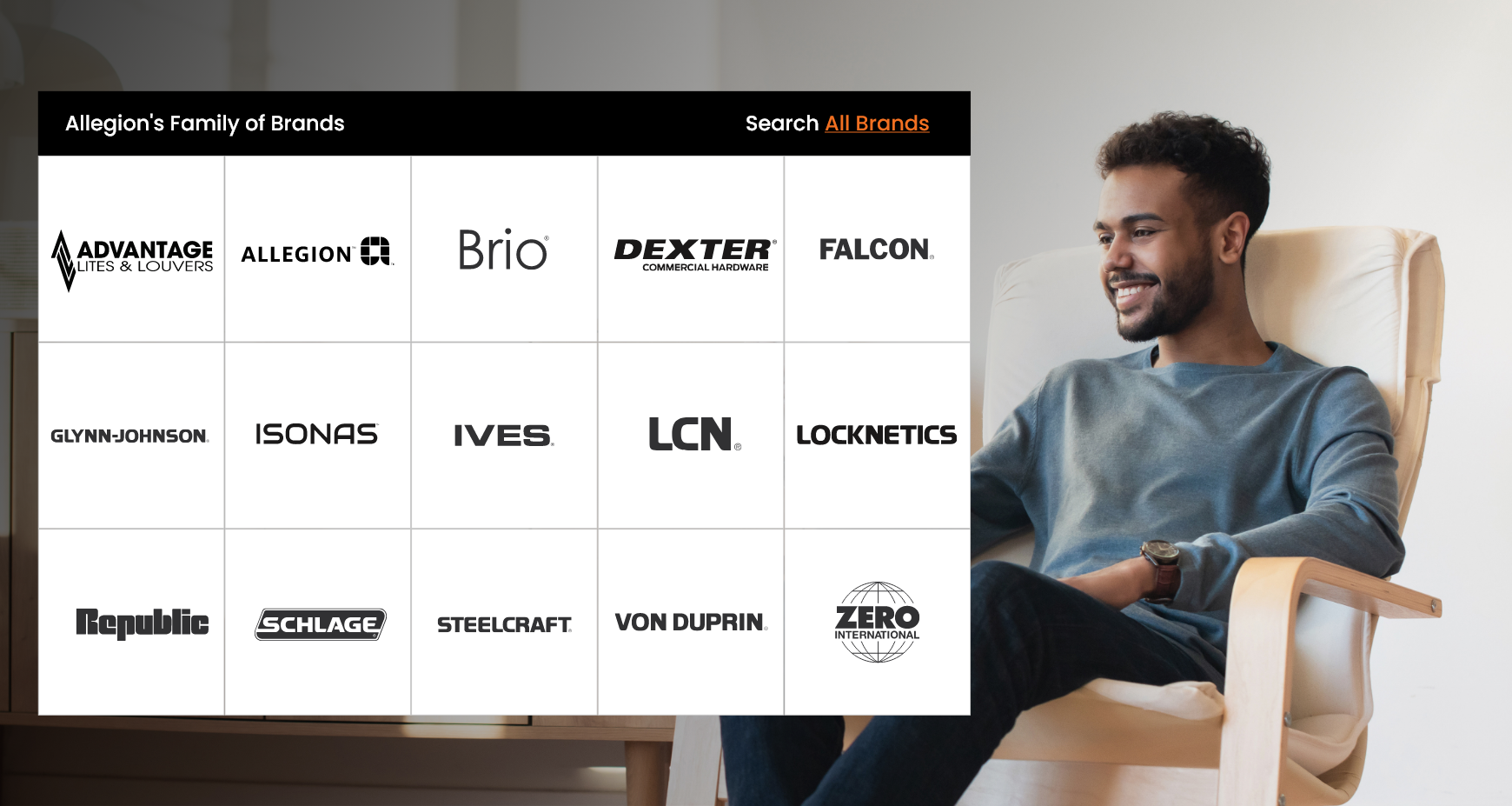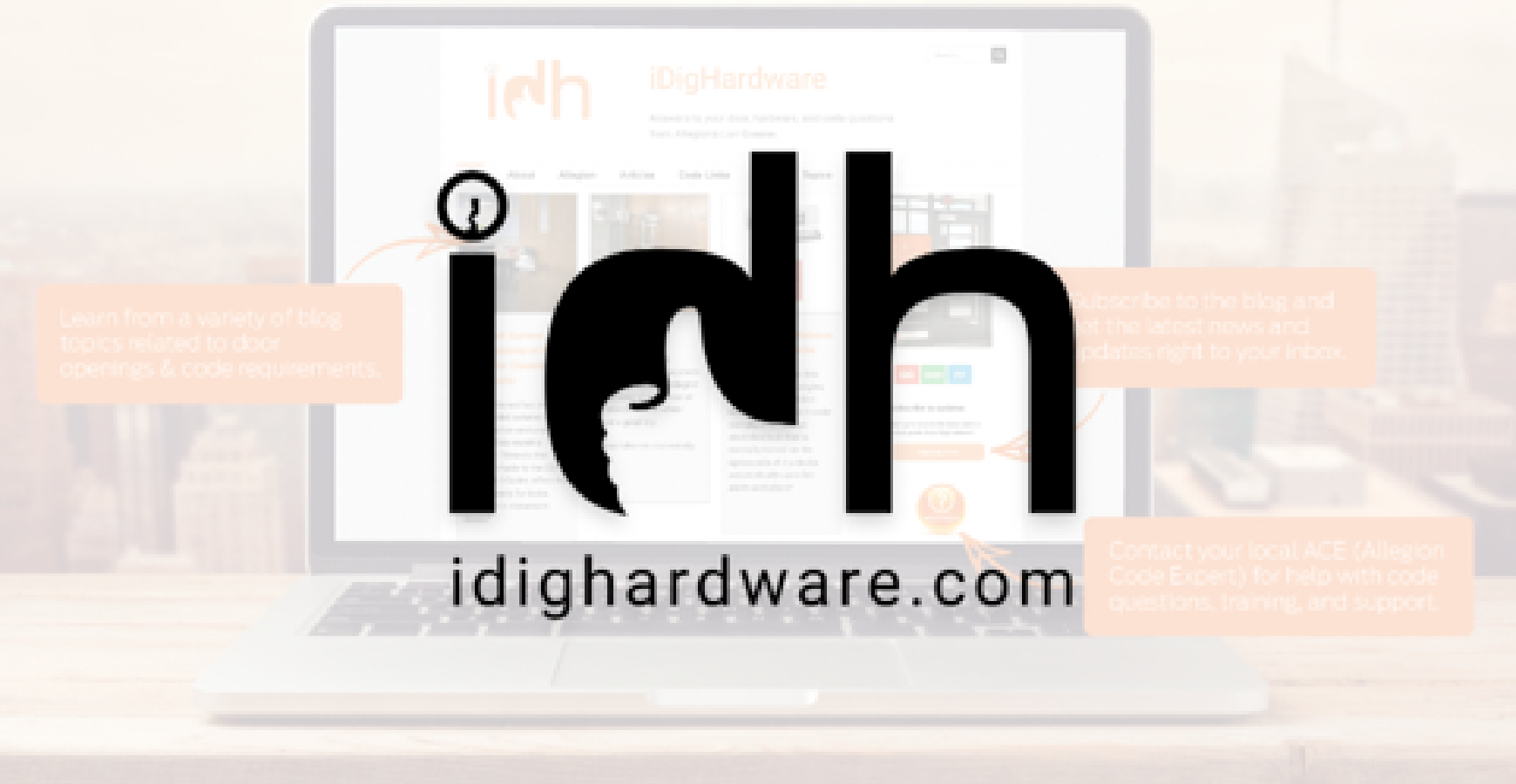Implementation Sequencing: Making Every Dollar Count
Why it matters: Renovations aren’t just about fresh paint and shiny finishes — they’re about maximizing the return on every dollar, in the right order. The smartest sequences start with upgrades that directly increase leasing speed, retention, and operational efficiency. Smart access control is one of those rare improvements that delivers in all three areas: it modernizes security, simplifies move‑ins/outs, and adds a feature residents are willing to pay more for. Position it early, and you’re setting the tone for both perception and performance.
Recommended sequencing by budget level:
- <$50k budget: Common area refresh to improve first impressions, plus smart thermostats in vacant units to lower OPEX and market them as “smart‑ready.”
- Owner ROI: Faster leasing on updated, “modernized” units and reduced operating costs without a large capital hit.
- $50k–$150k budget: Add smart access control as a priority, paired with rebranded signage to reinforce the property’s updated identity.
- Owner ROI: Stronger security and convenience attract quality tenants, signage boosts curb appeal, and both signal a meaningful upgrade — supporting rent growth and retention.
- $150k+ budget: Expand into cosmetic upgrades (e.g., flooring, lighting, amenity refresh) while integrating with tech improvements — especially access control if not yet implemented — to speed leasing and future‑proof operations.
- Owner ROI: Complete package of visual, functional, and operational enhancements that justify premium rents and reduce long‑term maintenance costs.
Tech That Actually Works (and Doesn’t Burn Out Your Team)
Many property owners fall into the trap of investing in finite solutions that fix one issue but quietly create another—adding complexity, draining resources, and burning out staff. The smarter path is adopting an integrated platform that streamlines leasing, operations, and resident experience within a single ecosystem, so every part of the business works together instead of at odds.
Technology Decision Framework:
- Must integrate with your PMS — no manual data entry.
- Automate repetitive tasks: lead qualification, appointment setting, fraud screening.
- Produce measurable ROI within 6–12 months.
Example in action: If a Midwest portfolio deployed AI leasing workflows that could handle 70% of inbound prospect questions instantly, then their leasing team could reclaim about 15 hours/week — reallocated to in‑person showings, potentially improving conversion by 8%.
Red flags to avoid:
- Here today, gone tomorrow start-ups that lack legacy and trustworthiness
- Vendors that won’t provide integration roadmap.
- “Lifetime” licensing with no update commitment.
- No experience with prior properties of similar size/age.
Data-Driven Decision Making
Why it matters: In older properties, every upgrade dollar has to pull its weight. Spending in the wrong place — replacing something that didn’t need it, or adding an amenity residents don’t value — is the fastest way to watch returns shrink. The good news is, you don’t need to guess. A few simple data points, collected and reviewed regularly, can reveal exactly where your property is losing money and where an upgrade will actually pay off.
Think of it like running a health check on your building: you can look at quick vital signs, run more detailed diagnostics, or invest in advanced monitoring. Each level gives you a clearer picture — and helps you make smarter, faster decisions.
Three practical levels to start using data:
- Basic (free–low cost): Quick resident surveys to find out what they actually want; reports from your property management system (PMS) showing turnover patterns or late‑pay trends. There are several free tools out there you can leverage resident survey feedback -- Google forms, JotForm, SurveyMonkey, etc.
- Intermediate: Utility cost comparisons (to find waste), rent roll analysis (to see revenue gaps), or tools that predict which residents are most likely to leave.
- Advanced: AI‑powered solutions that flag equipment before it breaks, track which amenities are giving you the most return, and pull market comps automatically so your pricing stays competitive.
Example metric shift: If a 150‑unit community in Phoenix identified that residents in upper‑floor units without covered parking were turning over 3x faster, the owner might choose to add covered spots to potentially cut that churn rate by 50% within a year.
Owner tip: Establish a quarterly “data day” to review KPIs with your team — prevents small drags on performance from becoming long-term NOI leaks.
Regulatory Readiness: Your Compliance Checklist
Why proactive compliance = hidden ROI: Think of compliance like insurance you don’t pay premiums on — until you ignore it. Skipping a required inspection, missing a notice deadline, or having outdated records can trigger fines, stall a sale or refinance, or even shut down revenue streams overnight. In retrofit or value‑add properties, these surprises aren’t just headaches — they can wipe out months or years of returns.
Regulations aren’t static either. ADA standards, tenant protection laws, and lender requirements change over time, and “I didn’t know” won’t win you any grace from an inspector or a court. Treating compliance as an active, ongoing process doesn’t just keep you out of trouble — it preserves property value and investor confidence.
Your proactive readiness checklist:
- ✅ ADA compliance: Confirm that entrances, common areas, and high‑traffic routes meet current accessibility requirements.
- ✅ Tenant protection laws: Stay on top of local rules for notice periods, eviction protocols, and resident rights — they can vary from one jurisdiction to the next.
- ✅ Fair housing training: Annual refreshers for all staff to avoid costly discrimination claims.
- ✅ Agency‑backed mortgage readiness: Keep HUD, Fannie, and Freddie documentation organized and current to prevent delays or failed audits.
Pro tip: Align compliance upgrades with planned renovations. For example, if re‑tiling a lobby, confirm slope and clearance meet ADA — saves double spend later.
Closing Call-to-Action
Aging multifamily assets don’t need wholesale transformation to compete. They need smart sequencing: targeted renovations with measurable payback, tech that truly integrates, data guiding every capex decision, and compliance woven into operational rhythm.
Done right, burnout becomes breakthrough — for your staff, your residents, and your NOI.
Want someone to help you along this retrofit journey? Contact us here.
 Featured ProductSchlage Credential Services deliver control, security and flexibility without limiting your options. From encryption keys to card tracking and custom artwork, our services help create an access control plan that fits today and grows with you tomorrow.
Featured ProductSchlage Credential Services deliver control, security and flexibility without limiting your options. From encryption keys to card tracking and custom artwork, our services help create an access control plan that fits today and grows with you tomorrow.